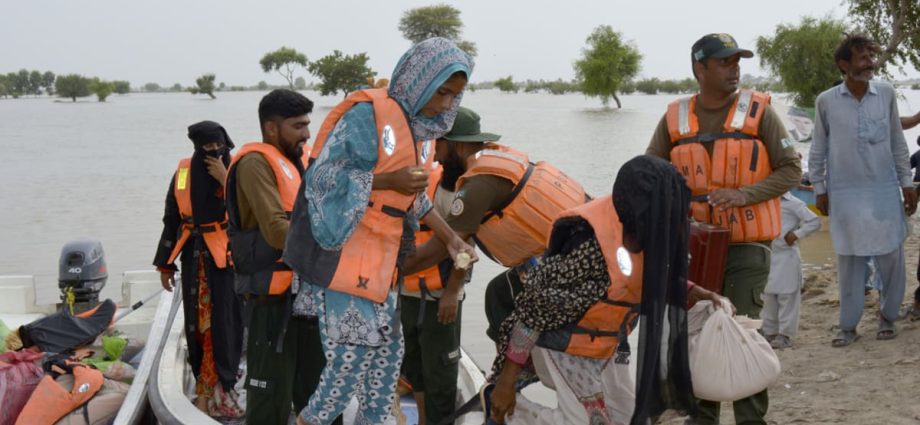
Last year’s floods caused more than US$30 billion in damages as large swaths of the country remained underwater for months, affecting 33 million people and killing 1,739. The deluges destroyed or damaged 30,000 schools, 2,000 health facilities and 4,300 water systems.
UNICEF said one-third of children were already out of school before the floods, while malnutrition was reaching emergency levels and access to safe drinking water and sanitation was worryingly low.
Southern Sindh province was one of the worst hit last year. But Ajay Kumar, a spokesman for the local disaster management agency, told The Associated Press that authorities haven’t received any complaints or demands from districts affected by the floods.
People who were living in relief camps or on the roadside have returned home because they received compensation for the damage and loss suffered, he said. Local organizations are carrying out reconstruction and rehabilitation work on houses, schools and health care facilities. “I can say that the situation here is normal,” he added.
In its statement, the children’s agency said because of support from the international community, aid reached 3.6 million people with primary health care services. Access to safe water was enabled for 1.7 million people in areas where water networks were damaged or destroyed, reaching over 545,000 children.
Mental health and psychosocial support was also provided to 258,000 children, it said.
UNICEF called on Pakistan and aid agencies to increase and sustain investment in basic social services for children and families. “The flood waters have gone, but their troubles remain, in this climate-volatile region,” said Fadil.

